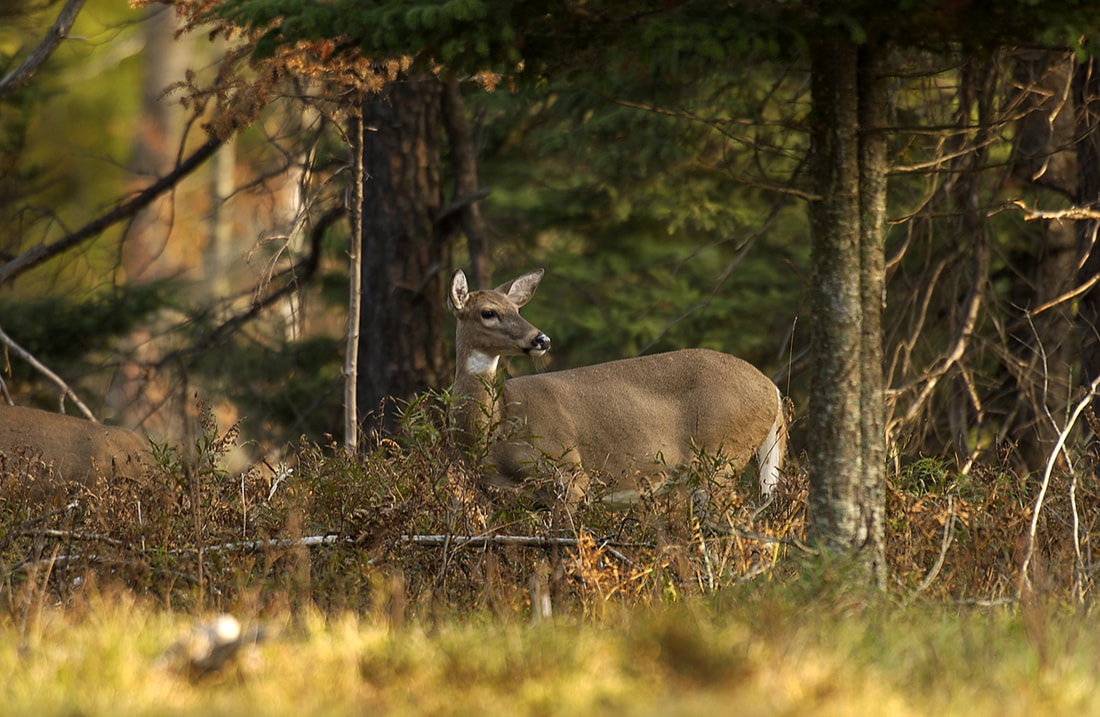|
Hunt will run Jan. 4-7 and 11-14 on public and private land in northern Ionia County and eastern Montcalm County, in select townships
The Michigan Department of Natural Resources today announced that an additional firearm deer hunt has been added in Ionia and Montcalm counties to help with chronic wasting disease surveillance. Hunt dates are Jan. 4-7 and 11-14, 2018. The hunt will occur on public and private land in the following townships: Easton, Ionia, Keene, Lyons, North Plains, Orleans, Otisco and Ronald in Ionia County, and Bloomer, Bushnell, Crystal, Day, Evergreen and Ferris in Montcalm County. “Unfortunately, we continue to detect chronic wasting disease throughout the nine-township core area in parts of Montcalm and Kent counties,” said Chad Stewart, DNR deer specialist. “Because it is likely that CWD exists outside of this core area, we are counting on hunters and their willingness to harvest deer to support our surveillance efforts. Better, broader surveillance of deer herd health is critical to better understanding this wildlife disease.” Following the steps mapped out in Michigan’s comprehensive CWD response and surveillance plan, the DNR to date has:
Important hunt information:
The Flat River State Game Area Office (6640 Long Lake Road, Belding) will be open to check deer Jan. 4-17, 8 a.m. to 5 p.m. There also will be self-service drop boxes, available through Jan. 17, at the following locations:
Hunters who have submitted deer heads for CWD testing should process their deer as needed, but wait for test results before consumption. To date, there have been no reported cases of CWD infection in humans. However, as a precaution, the U.S. Centers for Disease Control and the World Health Organization recommend that infected animals not be consumed as food by either humans or domestic animals. Chronic wasting disease is a fatal neurological disease that affects white-tailed deer, mule deer, elk and moose. It is caused by the transmission of infectious, self-multiplying proteins (prions) contained in saliva and other body fluids of infected animals. Susceptible animals can acquire CWD by direct exposure to these fluids, from environments contaminated with these fluids, or from the carcass of a diseased animal. Some CWD-infected animals will display abnormal behaviors, progressive weight loss and physical debilitation; however, deer can be infected for many years without showing any internal or external symptoms. There is no cure for a deer once it is infected with CWD. To learn more about CWD – and the current known distribution of CWD in Michigan – visit michigan.gov/cwd. Results are updated weekly. Comments are closed.
|
CategoriesArchives
April 2024
|

 RSS Feed
RSS Feed